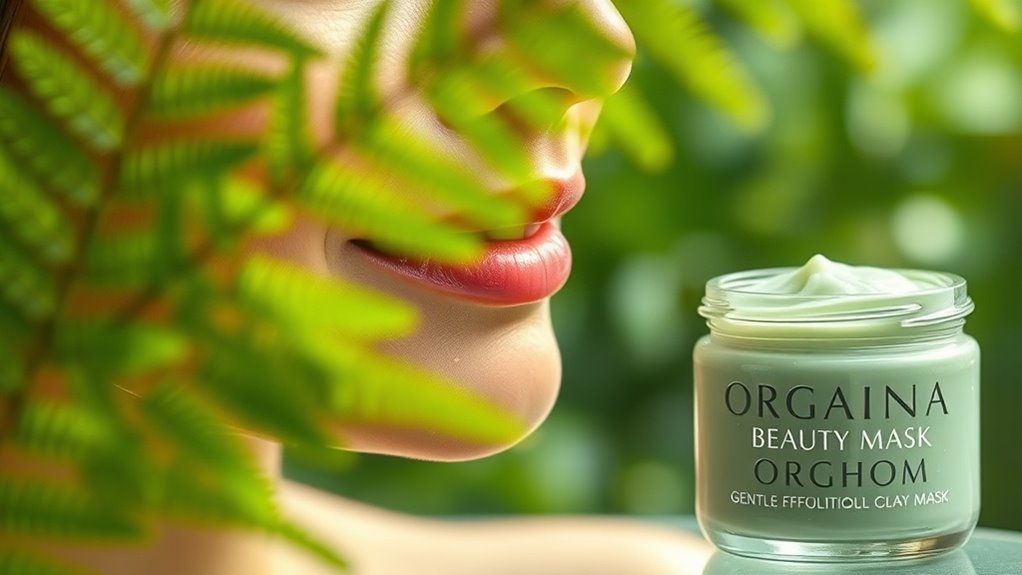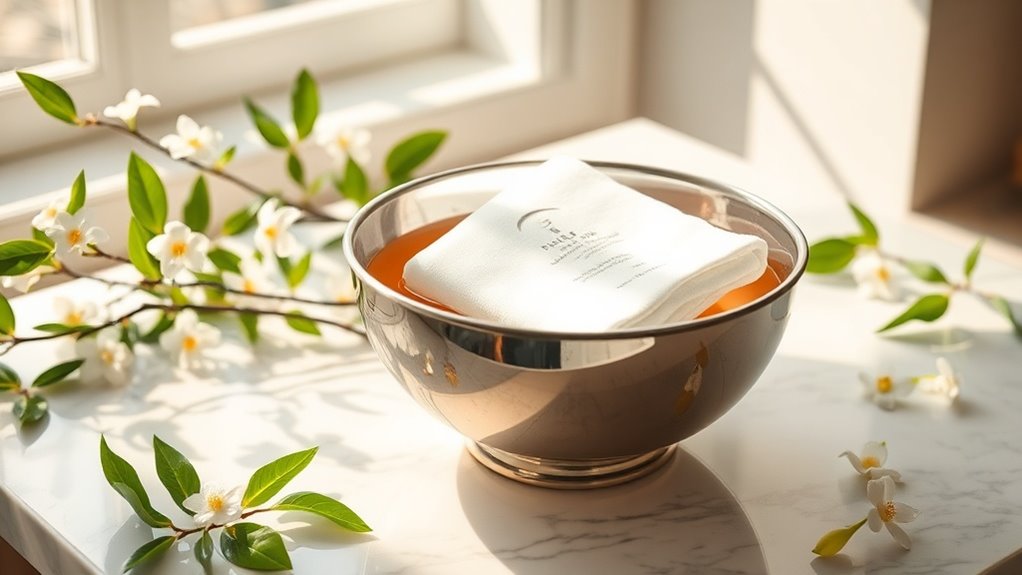Your Exfoliator Might Be Doing More Harm Than Good – Here’s Why
You might think your exfoliator is your skin’s best friend, but it could be causing more harm than you realize. While exfoliation promises a brighter complexion, overdoing it can lead to irritation and long-term damage. Understanding the balance is crucial for maintaining healthy skin. What signs should you look for to determine if your exfoliation routine is working against you?
Key Takeaways
- Over-exfoliation can damage the skin barrier, leading to redness, irritation, and excessive dryness.
- Physical exfoliants may cause micro-tears, while chemical exfoliants can lead to sensitivity and peeling.
- Signs of over-exfoliation include persistent redness, flaky patches, and increased breakouts.
- Improper exfoliation can accelerate premature aging and increase the formation of fine lines.
- Selecting the right exfoliator and limiting frequency is essential for maintaining healthy skin.
Understanding Exfoliation: What It Is and Why We Do It
What exactly is exfoliation, and why should you consider it as part of your skincare routine?
Exfoliation is the process of removing dead skin cells from your skin’s surface, promoting cell turnover and revealing a fresher complexion. It helps to prevent clogged pores, reduce the appearance of fine lines, and enhance overall skin texture. However, it’s crucial to recognize exfoliation damage signs, such as redness, irritation, or excessive dryness. These signs indicate that you may be over-exfoliating or using the wrong products. Over-exfoliating can lead to barrier damage, leaving your skin vulnerable to irritation and sensitivity.
Common Types of Exfoliators and Their Risks
How do you choose the right exfoliator for your skin type? Understanding the common types helps you avoid potential risks. Here’s a quick overview:
| Exfoliator Type | Risks |
|———————-|——————————|
| Physical Exfoliants | Can cause micro-tears, irritation |
| Chemical Exfoliants | May lead to sensitivity, peeling |
| Enzymatic Exfoliants | Risk of allergic reactions |
| Scrubs | Can disrupt skin barrier, redness |
Selecting the appropriate exfoliator is crucial for maintaining healthy skin. Always consider your skin type and any sensitivities you might have to ensure you don’t do more harm than good. Over-exfoliating can result in long-term damage that compromises your skin’s health.
Signs That Your Skin Is Over-Exfoliated
Have you noticed your skin feeling unusually tight, dry, or irritated?
These could be signs that you’re over-exfoliating.
Excessive exfoliation can strip away essential layers, leading to various issues. Over-exfoliating can lead to a compromised skin barrier, making it even more important to pay attention to these indicators:
-
Redness or inflammation that persists after exfoliation
-
Flaky patches or increased sensitivity to products
-
Breakouts or acne due to disrupted skin barrier
If you’re experiencing any of these signs, it’s crucial to adjust your exfoliation routine.
Allow your skin time to recover and restore its natural balance, ensuring it remains healthy and vibrant.
The Impact of Improper Exfoliation on Skin Health
Could your skin be suffering from the consequences of improper exfoliation? Over-exfoliating can strip your skin of essential oils, leading to dryness and irritation. You might also experience increased sensitivity or breakouts as your skin’s barrier weakens. Here’s a quick overview of potential impacts:
| Impact | Description |
|————————-|———————————–|
| Dryness | Loss of moisture and hydration |
| Irritation | Redness and inflammation |
| Increased Sensitivity | Reactivity to products |
| Breakouts | Clogged pores from damaged skin |
| Premature Aging | Accelerated fine lines formation |
Understanding these impacts can help you re-evaluate your exfoliation routine. Additionally, daily exfoliating should be approached with caution to prevent these adverse effects on your skin.
Best Practices for Safe and Effective Exfoliation
Exfoliating your skin safely and effectively requires a thoughtful approach to ensure you reap the benefits without causing harm.
Follow these best practices for optimal results:
-
Choose the Right Exfoliant: Select a product suited to your skin type—gentle scrubs for sensitive skin, chemical exfoliants for oily skin.
-
Frequency Matters: Limit exfoliation to 1-3 times per week, depending on your skin’s tolerance, to avoid irritation.
-
Hydrate After Exfoliation: Always apply a moisturizer post-exfoliation to replenish moisture and support your skin barrier. Additionally, incorporating gentle exfoliation methods can help achieve a smoother complexion without irritation.
Alternatives to Traditional Exfoliation Methods
Wondering if there are gentler options for maintaining healthy skin? Consider incorporating chemical exfoliants like alpha hydroxy acids (AHAs) and beta hydroxy acids (BHAs). These acids dissolve dead skin cells without the harsh scrubbing of traditional methods. Another option is enzymatic exfoliation, using natural sources like papaya or pineapple, which gently breaks down dead skin without irritation. Additionally, you can try incorporating a soft washcloth or konjac sponge into your routine for mild physical exfoliation. Lastly, regular moisturizing helps promote skin cell turnover, keeping your complexion fresh and radiant without the risks associated with aggressive exfoliation. Furthermore, natural exfoliation can provide a gentle yet effective way to reveal a brighter and healthier complexion.




